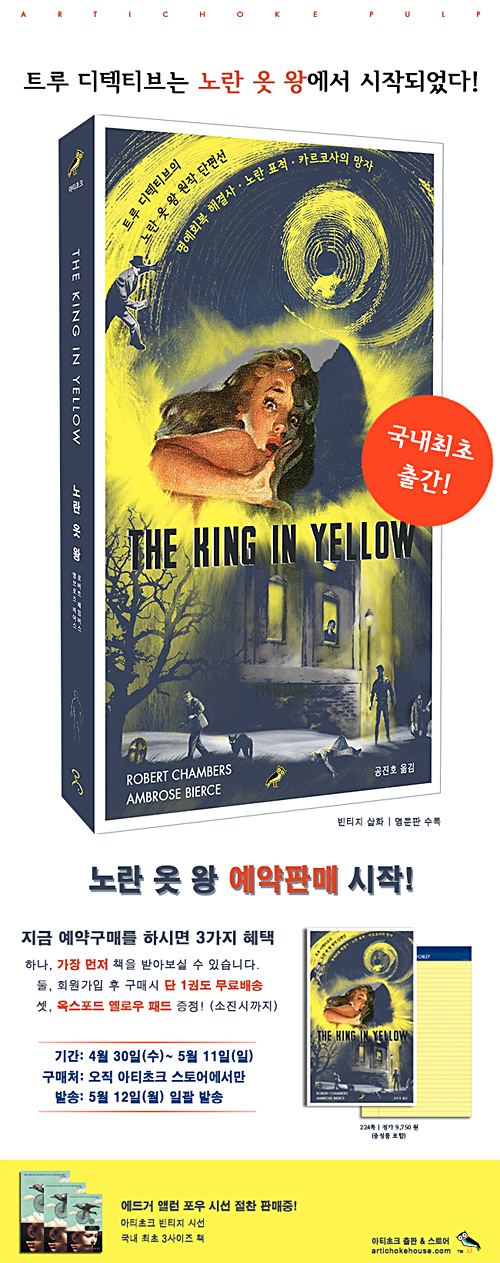Translation theory and literary theory come together in the act common to them both: reading. Reading is an act of interpretation, which is itself an act of translation (an intralingual translation from graphic sign to mind). Harold Bloom asserts that "'interpretation' once meant 'translation,' and still does."
[R]eading is translation and translation is reading.... Translation tends to be... an "intensive reading" of the original text, which as a result becomes an "interpretive reading."
Willis Barnstone, The Poetics of Translation: History, Theory, Practice (Yale, 1993) p. 7.
번역비평과 문예비평은 양자에공통된 행위에서 하나가 된다.공통분모가 되는 지점에서 만난다.그것은 바로 독서(읽기)다.독서(읽기)가 바로 그 지점이다. 독서(읽기)는 일종의 해석 행위이며 해석 행위 자체는 일종의 번역(시각적인 기호를 생각으로 바꾸어주는 - 같은 언어 사이에서 intralingual 바꾸어주는) 행위다. "한때'해석한다'는 것은 곧 '번역한다'는 것을의미했으며의미했었던 때가 있었는데 지금이라고 해서 달라진 것은 없다."라고 해롤드 블룸은 단언한다.
독서는 번역을 의미하고 번역은 독서를 의미한다. 번역은 원본 텍스트를 철저히 읽는것을 의미한다.쪽으로 기운다. 그리고결과적으로 철저히 읽음으로써철저히 읽음으로써 결국 텍스트를 해석하게된다.되는 것이다.
번역의 1차적인 작업은 정밀독해다. 정밀독해를 통해 철저히 파헤치고 이해하는 작업이 번역에 선행해야 한다. 인문서의 번역일 경우에 이 과정의 중요성은 더욱 절실해진다. 이 과정에 뒤따르는 과정은 다음과 같다.
[W]riting is translation and translation is writing.








No comments:
Post a Comment